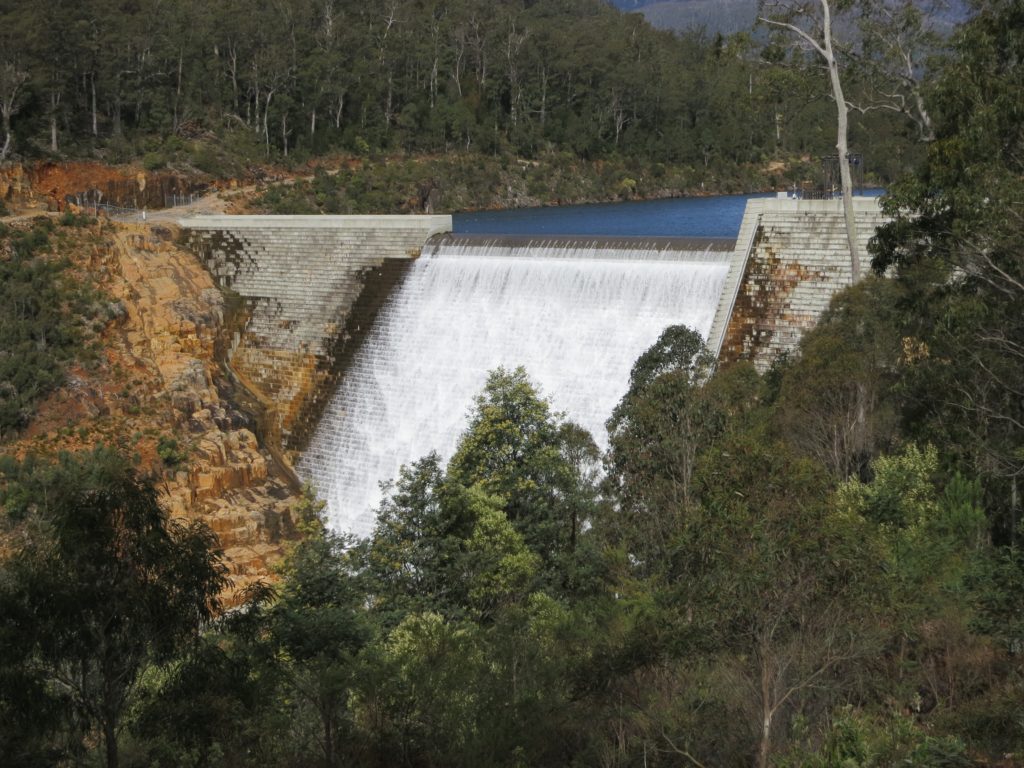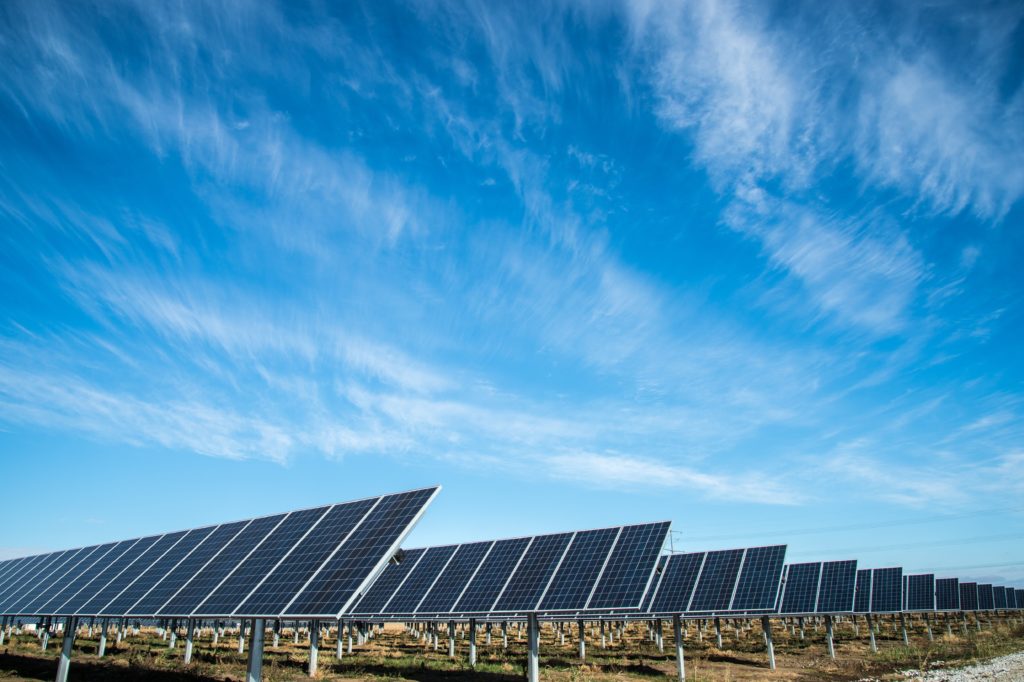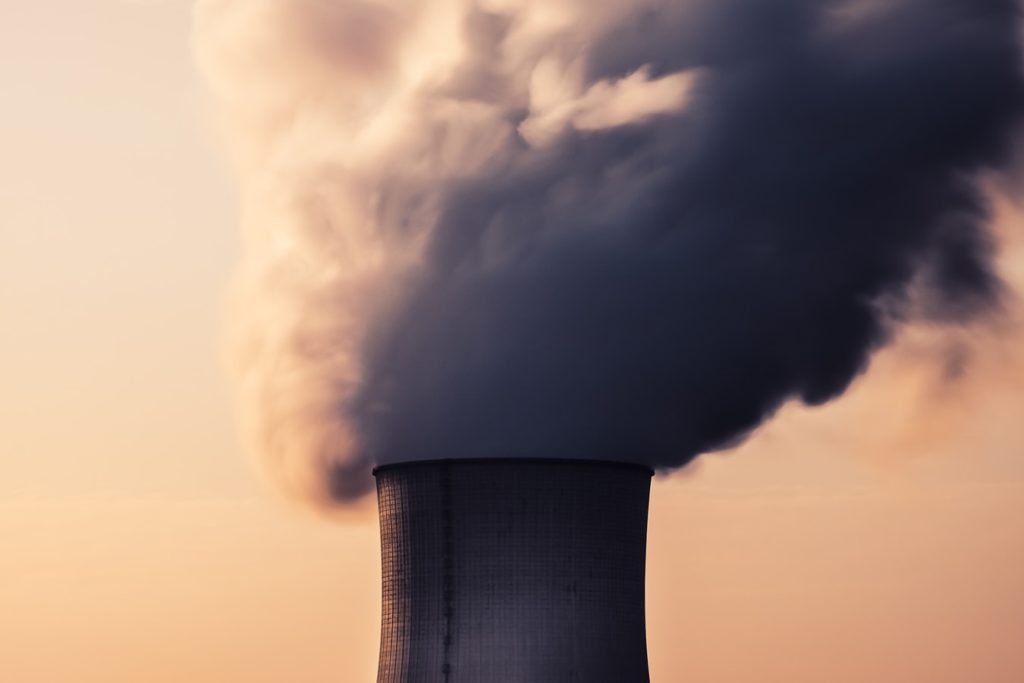The Federal Government recently announced $1.4 billion in funding for the much talked about Snowy Hydro 2.0 project. The project, first announced in March 2017, involves a $4.5 billion expansion of the current Snowy Hydro scheme to store energy from the grid. This is called “pumped hydro energy storage”.
Unless renewable power supplies most of NSW requirements most of the time, Snowy Hydro 2.0 will not reduce, and may increase, greenhouse gas pollution. This is because the project uses electricity from the NSW grid to pump water uphill to store energy. Studies published by Snowy Hydro show that when this happens, the power it uses comes from coal power stations. It is only once most NSW coal power stations close in the late 2030’s and are replaced by renewable energy that Snowy 2.0 actually results in lower greenhouse gas pollution. The only way to ensure Snowy 2.0 is truly a renewable project that lowers emissions quickly is to close NSW’s coal power stations in the 2020’s and generate more renewable energy in the state. Current NSW and federal government energy policies will fail to achieve this.
What exactly is pumped hydro energy storage?
Pumped hydro energy storage involves storing electricity by pumping water up to a higher reservoir when there is excess or cheap electricity in the grid (this can come from any source of electricity – wind, solar or coal). The stored water can then quickly generate electricity as needed when the water flows down to a lower reservoir through a turbine. This effectively operates like a battery.
In electricity grids with a large amount of wind and solar generation, pumped hydro can help provide a reliable supply of electricity and reduce reliance on fossil fuel power stations.
Pumped hydro energy storage is a technology that has existed for more than a century, with more than 40 countries currently using this technology.
Large-scale energy storage, like the Snowy 2.0 project, can assist with the transition to a renewable-powered grid. Snowy 2.0 will be located in Kosciuszko National Park and will be subject to state and federal planning and environmental approvals.
Snowy Hydro 2.0 is expected to add 2,000MW of energy storage capacity to the existing Snowy Hydro scheme – bigger than the Liddell coal power station closing in 2020. The project will cost around $4.5 billion (excluding upgrades to transmission) and be completed in 2024.
Australia has three large-scale pumped hydro facilities all built between 1973 – 1984:
- Tumut-3, Snowy Mountains, New South Wales (1973)
- Shoalhaven, southern New South Wales (1977)
- Wivenhoe, southern Queensland (1984)
Pumped hydro and extreme weather
Like other electricity infrastructure, pumped hydro may be affected by extreme weather events. Dry spells and droughts can result in lower dam levels, limiting electricity generation and causing price volatility. For example, according to a report released in 2017 by the NSW Chief Scientist & Engineer, “NSW’s alpine region is projected to experience higher temperatures, fewer colder nights, and lower rainfall in the near and far future.”
This could pose risks to the current Snowy Hydro scheme, but could benefit pumped hydro projects like Snowy 2.0 as the water is recirculated and the energy may well sell for more when other conventional hydro power stations run low, causing shortages of power and higher prices.

Image Credit: Hydro Plant at Meander Dam, Tasmania. ‘Meander Dam 09’ by Flickr User Cowirrie licenced under CC BY-SA 2.0.
Does energy storage reduce greenhouse gas pollution from electricity?
Whether or not energy storage reduces greenhouse gas pollution from electricity depends on the source of the electricity being stored.
If the electricity comes from fossil fuels then the answer is no, as they are already highly polluting, and the inefficiencies of storing electricity, whether in batteries or as stored water, means some electricity is lost in the process, increasing greenhouse emissions overall. Renewables like solar and wind do not emit any greenhouse gas pollution, so neither does the storage process if renewable electricity is used.
Energy storage will be a crucial technology as Australia and the rest of the world transitions to renewable energy in the renewable era. Pumped hydro is going to figure significantly. However, it could also take up to a decade to build a large pumped hydro project.
While the Snowy Hydro 2.0 project may take many years to complete, there are numerous examples of renewable energy and storage projects already coming online around the country. Projects such as South Australia’s world-leading battery paired with the Hornsdale Wind Farm was built in just six months and the Kidston project in North Queensland, which could combine 320MW of solar with 250MW of pumped hydro utilising a former gold mine, is on track for completion in 2021.

Image Credit: Unsplash
Can pumped hydro projects like Snowy Hydro 2.0 cut pollution?
Energy storage technologies like battery storage and pumped hydro are all complementary technologies which can enable increased amounts of wind and solar power, because they allow excess energy from the grid to be stored at times of high wind and solar generation, and used later when needed.
Energy storage, including pumped hydro is critical to tackling climate change and storing renewables. Critically, Snowy 2.0 is a storage solution that is not accompanied by policies at NSW state or Federal levels to accelerate renewable energy generation in NSW. It is critical that by the time Snowy 2.0 is ready to generate, most NSW coal power stations have closed and been replaced with renewable projects (wind and solar) in NSW. If this does not happen, and as the Snowy 2.0 studies and modelling shows, energy stored by Snowy 2.0 would predominantly come from polluting NSW coal fired power stations. To reduce greenhouse gas pollution from the electricity sector, large-scale pumped hydro should be constructed alongside major investments in new renewable energy projects.

Image Credit: Unsplash
What are the planning & environmental impacts of Snowy Hydro 2.0?
While the Federal Government may have given Snowy 2.0 the go ahead, the project is yet to receive key planning and environmental approvals from the New South Wales and Federal Governments. This is especially important given the project is located within the Kosciuszko National Park. While the project is scheduled to be up and running in 2024, this is a challenging timeline given many planning approvals have still not been received, construction is yet to begin and a final investment decision is not anticipated until later in 2019.
Transitioning to renewable energy
Energy storage technologies can store excess wind and solar power for use later when needed, providing 24/7 renewables power. Unless NSW coal power stations close in the 2020’s and are replaced by renewables like wind and solar, the Snowy 2.0 pumped hydro project will store polluting energy from NSW coal-fired power stations.
Energy storage projects will only cut greenhouse gas pollution if they are backed by increased investment in solar and wind, and accelerating coal power station closures at the same time. Without policies in place to achieve this, large scale energy storage projects, like Snowy 2.0 will not reduce, and may, in fact, increase our greenhouse gas pollution.
The Snowy Hydro company understands this and has committed to buy over 880 MW from extra new renewable power projects in NSW and Victoria. However, without NSW state and Federal government policies to seriously tackle closing polluting coal and gas power stations, the full benefit of these extra renewable projects will be lost, and the potential of Snowy 2.0 to cut greenhouse gas pollution won’t be fully realized.
You can read more about energy storage, including pumped hydro, in the Climate Council’s report Fully Charged: Renewables and Storage Powering Australia. If you would like to know more about the Snowy 2.0 project checkout the feasibility study.